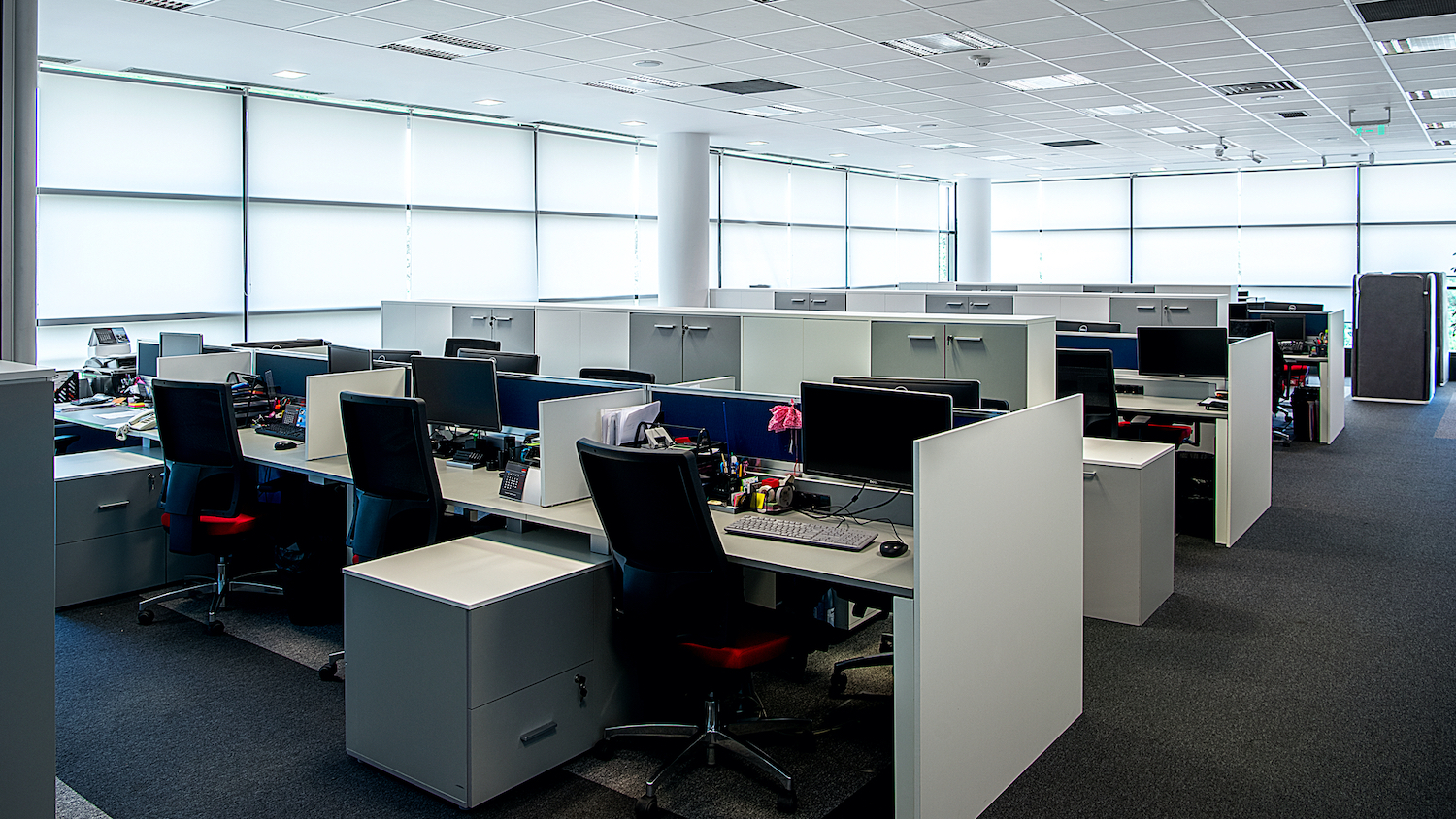
Hybrid working: what is the future?
Reflecting recent comments from the Infrastructure & Projects Authority (IPA) about the impact of remote working on project delivery, there is a fierce debate over where the workforce should be based
There is a tense and disguised but very real battle of wills going on in the workplace at the moment and it is not one that’s going to disappear any time soon.
I refer, of course, to the working from home (WFH) conundrum which has had many CEOs and the workforce at large at loggerheads over where workers should be based – at home or in the office.
Since the pandemic, many now see WFH as an essential, non-negotiable element of their terms of employment, whilst those paying for buildings appear to resent the Marie Celeste-like inevitability of a deserted office on a Monday and Friday, preferring instead to see bums back on seats five days a week.
For those of us operating in the built environment, it is a debate that moves beyond a scuffle with the HR department. It impacts us more than most, since we not only need to predict and navigate the needs of our own employees, but we also need to forecast how the UK commercial office environment is likely to be impacted in the future.
You may recall this was all brought into stark focus by the news that 1 Triton Square, a £200m smart and eco-friendly building in London was being vacated by Meta (previously Facebook), who paid £149m to buy themselves out of a £21m per year lease having never set foot in the building they had previously agreed to rent.
As a result of shedding thousands of staff, and with others working remotely, they felt it better to pay the penalty than take on the lease. Some overly pessimistic commentators interpreted this as the beginning of the end for commercial office space.
The hybrid week
A change in outlook would seem to be supported by the view from Remit Consulting, who say that prior to the pandemic offices would operate at roughly 70% capacity.
By last spring they say that figure was just 30%, with Tuesdays, Wednesdays and Thursdays the most popular days to make the trip into the office. As a result, some businesses are reportedly considering moving to smaller spaces.
A Knight Frank survey of 350 businesses earlier this year found that 50% of the largest questioned – those with more than 50,000 employees – expected to shrink their global workspaces, although most were only planning to reduce by between 10% and 20%.
However, at the same time, we are starting to see the results of longer term studies into working from home.
In the US, reports have shown that productivity markedly declines with extended home working, and recent comments from the IPA here have suggested that major infra schemes such as HS2 have been delayed by as much as a year as a result of designers working independently from home.
Considering the UK is already facing a huge challenge to improve productivity across the board, these assertions are not a glowing advert for the permanent adoption of hybrid practices.
Employers do now appear to be becoming more strident. Research by consultancy KPMG published last month says that 64% of 13,000 global CEOs surveyed believe there will be a full return to the office by the end of 2026, while a study by Hays found that full-time office staff numbers in Britain have recently exceeded those in hybrid work for the first time since Covid took hold.
Of those polled by KPMG, nearly 90% thought pay, bonuses and promotions would ultimately be linked to coming into the office more regularly.
Multifunctional office space
For those engaged with the creation of workspaces, the message is that clients are not necessarily taking drastic action to reduce their physical footprints – they do not see that working from home means they need significantly less space, but they do want their space to do more.
They want zero-emission buildings with reconfigured, open breakout areas and we are seeing a flight to quality.
Land Securities, for instance, says it signed more than £17m of new leases over the summer, with rents typically 3% above what its valuers forecast. Its central London offices are now 97% full again.
It’s not all City of London-based growth either. Office leasing activity across the South East and Greater London increased by 30% in the third quarter of 2023, according to new data from Knight Frank.
So, it’s a mixed picture for those choosing a lease. Long term, staff who have become used to flexible working argue that train strikes, cost of living pressures and reduced stress make for a more efficient and productive use of time working away from the office in a hybrid situation.
Others say that interruptions, unsuitable and unprofessional workspaces, and a lack of mentoring and development opportunities mean that five days in the office should gradually become the norm again.
Recruitment firms also point to dropping employment rates and a tighter jobs market, which will arguably give employers more leverage in deciding where and when their employees can work.
One thing is certain, however – I can guarantee that no memo, reference or communication provokes more debate than discussion of future expectations of working at home or in the office.
Everyone has a view, and no two are identical.
Richard Steer FCIOB is chair of Gleeds Worldwide.
Comments
Comments are closed.







Expect to be paid Mon – Fri, then be where I want you Mon – Fri. Not laid on the couch in your dressing gown with a phone on your lap watching daytime TV.